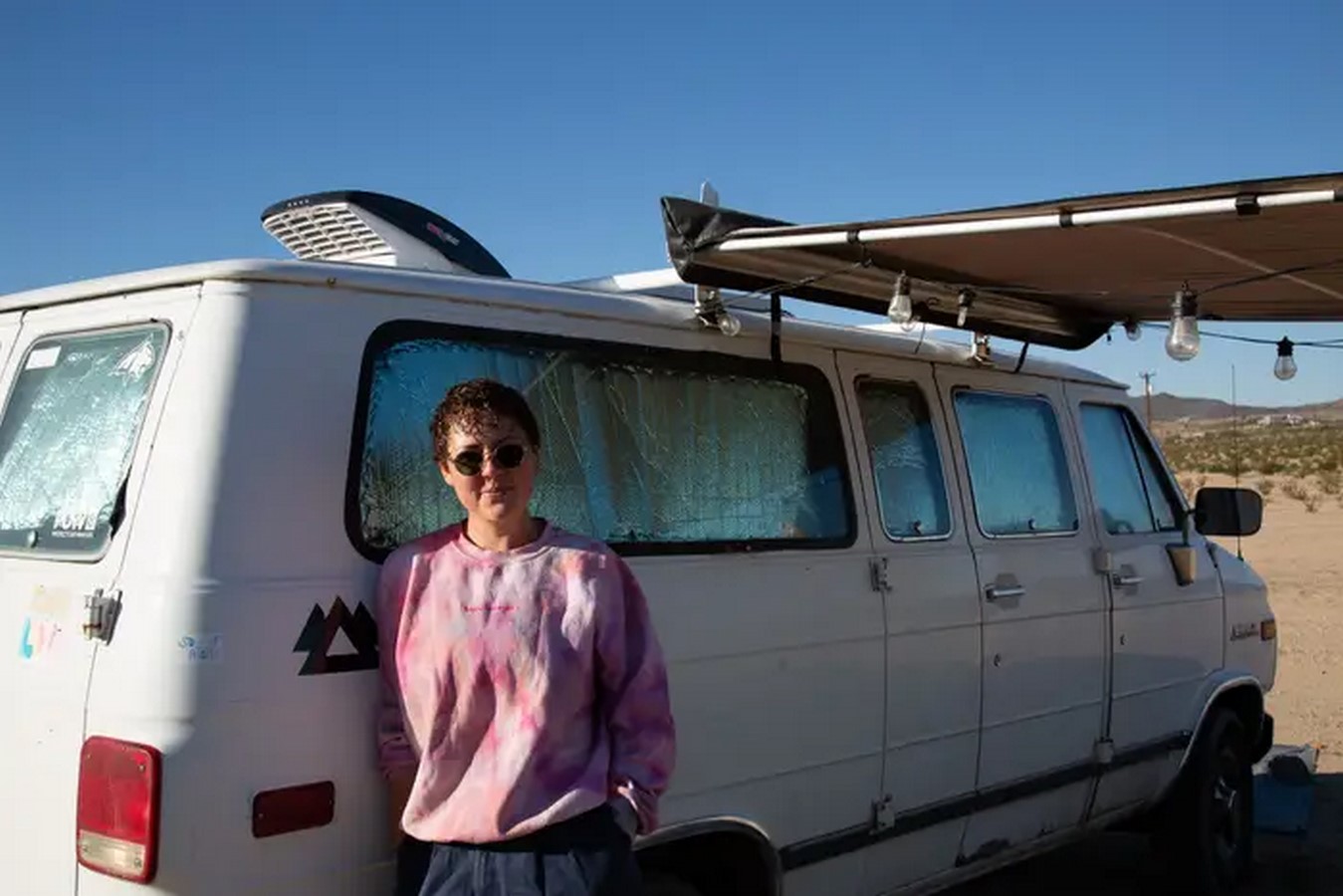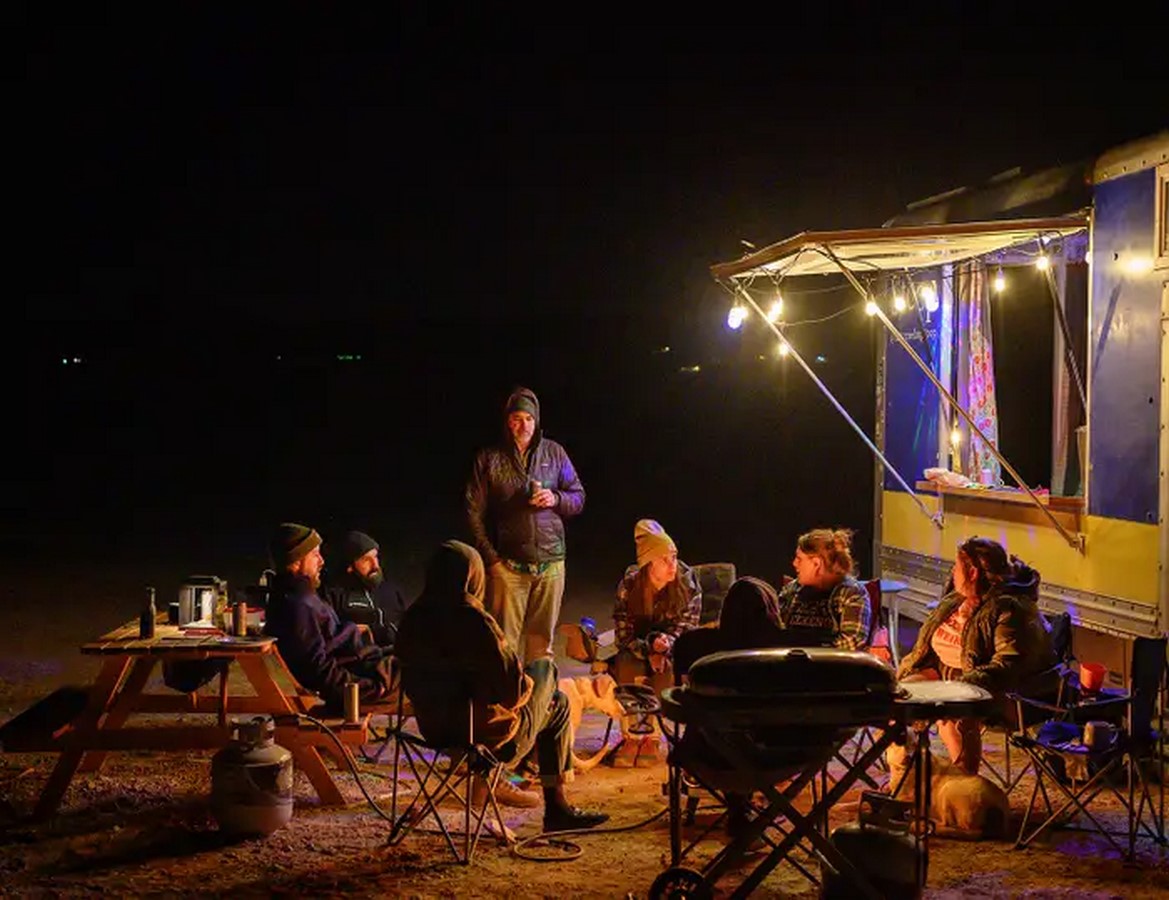The nomadic lifestyle offers adventure, freedom, and stunning vistas, but it also comes with its fair share of solitude and loneliness. Individuals living life on the road often grapple with feelings of isolation, prompting them to devise strategies for coping with and overcoming loneliness. Here are insights gleaned from those who have experienced the highs and lows of the nomadic lifestyle.

Confronting Loneliness Head-On
For many nomads, solitude is an integral part of the journey. Long hours spent driving, remote camping expeditions, and solo excursions in national parks characterize their experiences. Initially daunting, this solitude becomes a catalyst for introspection and self-discovery.
Embrace Solitude: Instead of shying away from loneliness, nomads like Navod McNeil and Aidan Paringer intentionally confront it. They use alone time as an opportunity to reflect on their desires, passions, and personal growth.
Seek Meaningful Connections: While solo adventures dominate their days, nomads actively seek out opportunities for human connection. Whether through phone calls to loved ones or chance encounters with fellow travelers, these interactions provide solace amidst solitude.

Building Communities on the Road
Loneliness often dissipates in the presence of community. Nomads find innovative ways to foster connections with like-minded individuals, creating networks that transcend geographical boundaries.
Shared Experiences: Events like camping trips, outdoor excursions, and social gatherings bring nomads together, fostering camaraderie and shared experiences.
Online Communities: Social media platforms serve as virtual hubs for nomads seeking companionship and support. Groups like “Outsiders, Together” and Diversify Vanlife offer safe spaces for individuals to connect, share stories, and forge friendships.
Creating Spaces for Connection: Recognizing the need for community, some nomads, like Aidan Paringer, establish campgrounds designed to facilitate interactions among travelers. These communal spaces foster a sense of belonging and camaraderie.

Tailoring Solutions to Personal Needs
There is no one-size-fits-all approach to combating loneliness. Each nomad navigates their journey uniquely, drawing upon personal strengths and preferences to address feelings of isolation.
Therapeutic Support: Seeking professional therapy provides a valuable outlet for processing emotions and navigating challenges. Therapy equips nomads with coping mechanisms and strategies for maintaining mental well-being.
Animal Companionship: Pets, like Brittany Newson’s dog JD, offer unconditional love and companionship on the road. Their presence provides comfort and companionship during moments of solitude.
Staying Connected: Nomads maintain ties with loved ones through technology, leveraging video calls and social media platforms to bridge the physical distance. These virtual connections offer a sense of belonging and support.

Finding Community Beyond Physical Spaces
Loneliness transcends physical boundaries, and community can be found in unexpected places. Nomads cultivate connections that extend beyond geographical confines, creating networks rooted in shared experiences and mutual understanding.
Exploring Diversity: Nomads seek out communities that reflect their identities and interests, embracing diversity and inclusivity in their quest for connection.
Online Engagement: Digital platforms serve as vital avenues for building and nurturing communities. Social media, forums, and online groups facilitate connections, fostering a sense of belonging among nomads.
Embracing Diversity: Nomads prioritize inclusivity and diversity in their communities, creating spaces that welcome individuals from all backgrounds and walks of life.
In conclusion, life on the road presents both challenges and opportunities for individuals grappling with loneliness. By embracing solitude, fostering meaningful connections, and tailoring solutions to personal needs, nomads navigate the complexities of loneliness, finding solace, support, and community along the way.


















Leave a Reply